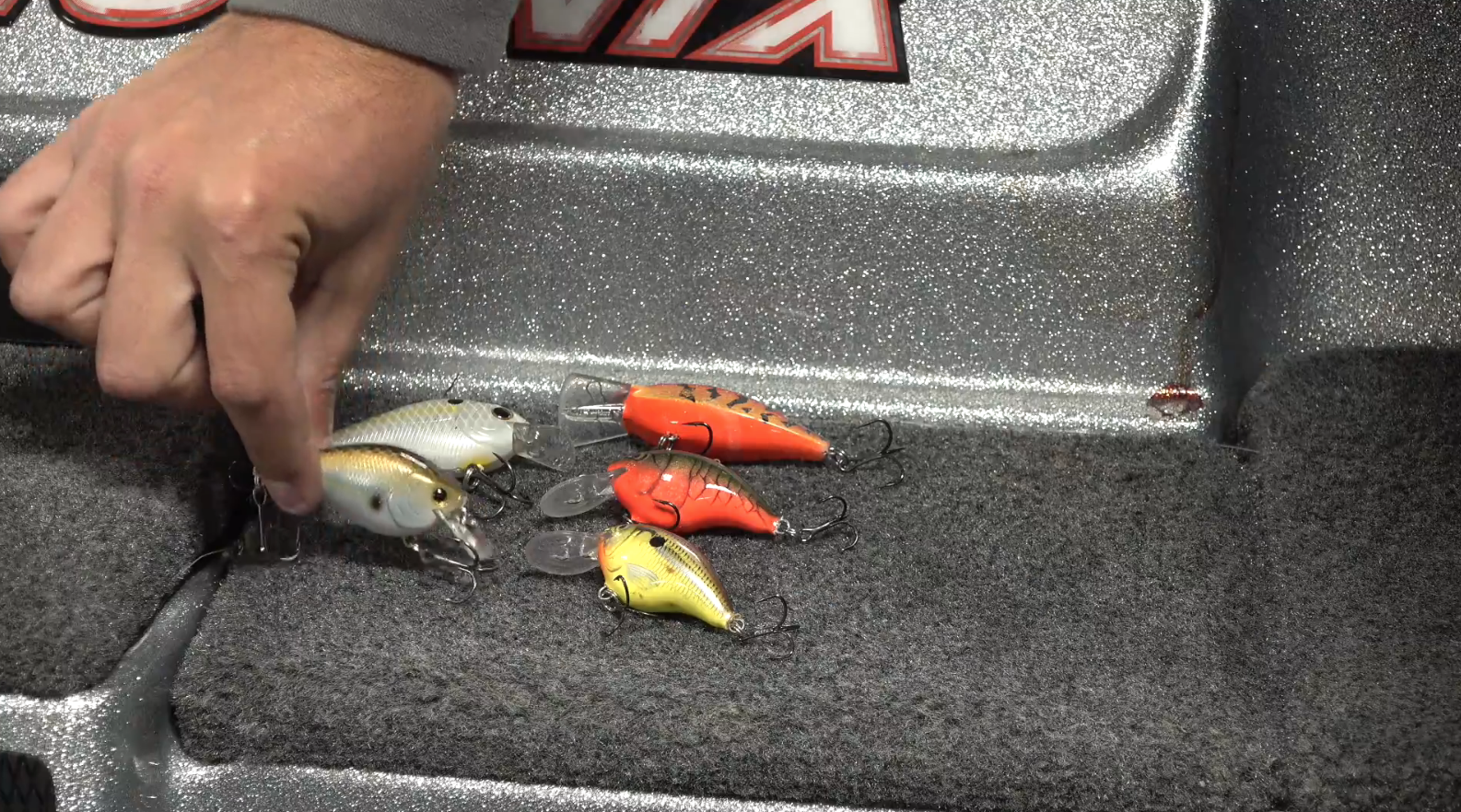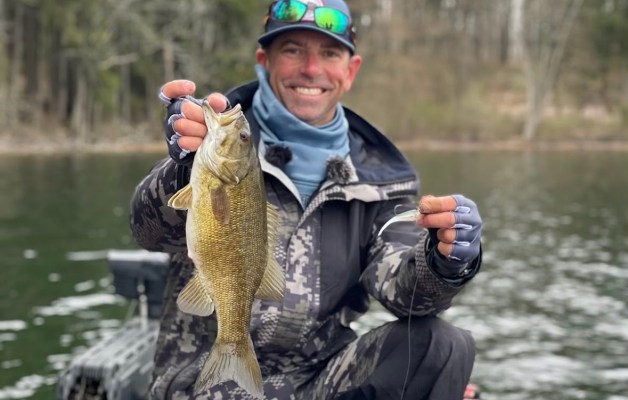
Traveling to Texas or Florida for the chance to catch a 10-pound largemouth is unnecessary for Tennessee native Brandon Lester. That is because of a lake near his home where double-digit largemouth flourish.
He’s got a lake in his own backyard where that class of fish is available.
“If anyone asked me when the best time to catch a 10-pouder is on Lake Chickamauga I will say from late February through March,” says Lester.
Lester can back that up with the facts. Chickamauga produced the current state record with a February largemouth weighing 15.20 pounds. The record fish got caught in late February. Largemouth in that weight class are rare, if caught at all, that far north. The reason why is the Tennessee Wildlife Resources Agency began stocking Chickamauga with Florida-strain largemouth in 2000 to boost the average size of the bass population. Size and catch rates have been on the increase ever since, and so has Chickamauga’s notoriety as one of the nation’s top trophy bass lakes. It ranked sixth on the 2019 Bassmaster Magazine Top 100 Bass Lakes rankings.
What makes Chickamauga so good in early spring — beside the trophy fishing — is the habitat that supports the bass population.
“You will find really good creeks throughout the Tennessee River system, but what separates Chickamauga from the rest are the quality of the creeks,” explains Lester. “Wide and plentiful channel swings and flats lead to the backs of the creeks, and the fish use those as underwater highways to the spawning areas.”
Lester admits that focusing only on channel swings and flats seems simple, and that is true. The pattern has a solid track record of producing heavyweight tournament catches, too. In March, Lester deliberately focuses on prespawn fish that are staging on the channel swings in the main creeks.
“This is a simple setup that someone unfamiliar with Chickamauga can do and have a good chance at catching the biggest largemouth in the upper South,” he says.
“That is what is also so appealing to Chickamauga,” he continues. “The lake is centrally located for a day drive or shorter from throughout the South.”
The simplicity of Lester’s pattern is backed up with an equally simple tackle setup. He rigs two baits — a jig and crankbait — which is a proven tournament-winning lure combo.
“You can cover a lot of water with the crankbait, which is important with the fish migrating through the creeks,” he says. “And the jig is a notorious big bass catcher everywhere in the spring.”
When Lester encounters laydowns, boat docks or any other structure along the channel swings, he puts down the crankbait. He picks up the jig and makes precision flips or pitches to the cover to coax staging fish into biting the bait. When they do, the fight is on and the fish are of quality size.
“It’s the bulkier profile, slow fall that make the jig so productive in early spring,” he says. “Using both lures allow you to effectively cover an entire area without missing anything.”
Lester believes the crankbait is a proven performer and especially on cloudy, windy days that can be common during March. He prefers squarebill or diving models with running depths of less than 6 feet.
“Using those two lures you can effectively cover all the water you need to fish during early spring,” he said. “Just put the trolling motor down and search for those key channel swings with wood cover.”
Gear up: Lester uses a brown color homemade jig tied with living rubber and fine silicone. “The smaller strands impart more action that you need to get their attention.” He opts for a 1/2-ounce jig because it reaches the bottom faster than a lighter-weight bait, thereby allowing you to cover more water. He adds a green pumpkin 4-inch X Zone Lures Muscle Back Craw trailer for strike appeal. He fishes the rig on a 7-foot, 6-inch heavy action casting rod with an 8:1 gear ratio reel, spooled with 20-pound Vicious Pro Elite Fluorocarbon line. For the crankbait he uses a 7-foot medium action composite rod with the same reel and 15-pound Vicious Pro Elite Fluorocarbon. Lester also changes out the stock crankbait hooks for Mustad KVD Elite Triple Grip Hooks. “I like the wide gap bend for better holding power.”
About the lake: Lake Chickamauga stretches 59 miles on the Tennessee River from Watts Bar Dam, southwest of Knoxville, to Chickamauga Dam in Chattanooga. The lake has 810 miles of shoreline with a surface area covering 36,240 acres. The Hiwassee River empties into Chickamauga on the lower end of the lake.
Other fun: The lake’s close proximity to Chattanooga make it an ideal basecamp for enjoying numerous fall festivals. Ruby Falls is the country’s largest underground waterfall, and Chickamauga and Chattanooga National Military Park is the largest of its kind in the nation. The Lookout Mountain Incline Railway is one of the steepest incline railways in the world, and while at the top you can see seven states from Rock City. Don’t miss a trip to the Tennessee Aquarium, home to Ocean Journey and River Journey, which is 130,000 square feet and tall as a 12-story building. Inside are 400,000 gallons that trace the theme of a river, from a raindrop high in the Appalachians to the Gulf of Mexico.
Plan your trip: tnvacation.com





